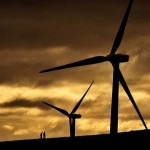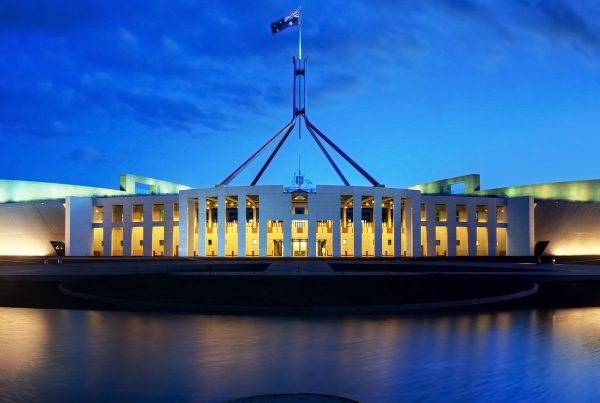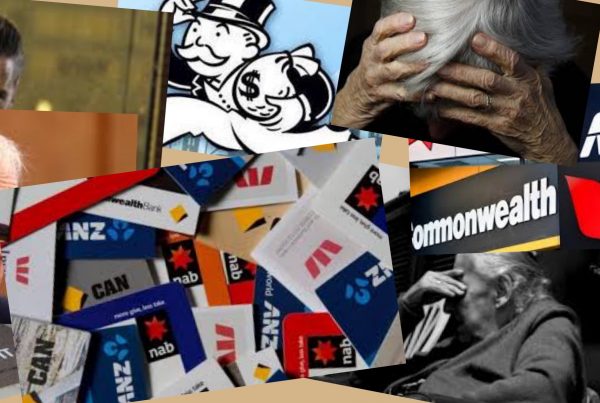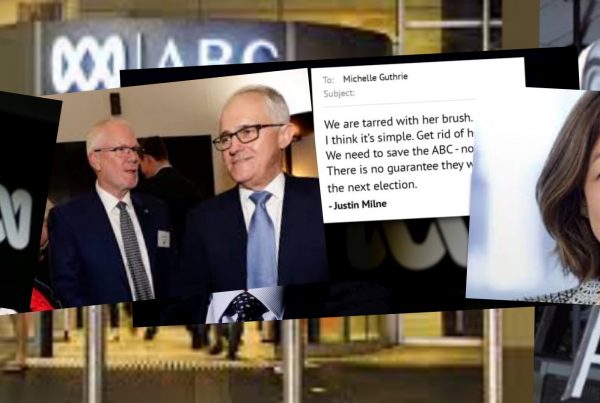When speaking about sustainabilityPR to our IPREX public relations colleagues in Europe it is pretty clear that Australia is behind when it comes to engaging with alternative energies. It’s not surprising given that our political and economic investment is in coal and coal seam gas.
And for our fuel security, the big picture is that we are going to need all the energy we can get.
Now, according to this article in the Sydney Morning Herald, wind farms are catching on Down-Under: Yearly investment in WindInv up 41 per cent; GasInv up 36 per cent…..
Winds of change for new energy investment
David Wroe: November 17, 2011
CANBERRA: Australia’s gradual shift away from coal and towards cleaner energy has begun, government figures released yesterday showed, with nearly half of new energy investment being in wind, hydro and solar projects.
The Bureau of Resources and Energy Economics reported that new wind farms alone made up 41 per cent of the new energy investment either begun or committed in the year to October.
Gas, which is set to play a larger role under the government’s plan to shift towards cleaner energy, made up another 36 per cent of planned investment.
The Energy Minister, Martin Ferguson, welcomed the planned investment but warned it might not be enough to meet Australia’s future electricity demand. Just two major projects – both wind farms – were completed in the past year, he said, compared with 11 projects in the previous year.
The energy sector needed more certainty, he said – a broadside at the Coalition’s stated plans to repeal the carbon tax.
While these figures are encouraging, we still haven’t seen the actual investment on the ground in terms of the construction and operation of new plants in recent years that is going to be needed to meet demand,” Mr Ferguson said.
At the end of October, 19 large energy projects worth about $4.8 billion were committed or under construction.
Seven of these were wind projects, two were hydro upgrades and one was a major solar thermal project.
The Opposition energy spokesman, Ian Macfarlane, blamed Labor’s carbon tax for any investment uncertainty.
”Since Copenhagen it has been glaringly apparent that the rest of the world is moving away from carbon pricing,” he said.
The director of emissions and environment at Westpac, Emma Herd, said the passage of the carbon pricing legislation would help investors make long-term decisions about energy projects. ”Renewable energy will become more attractive as the carbon price improves the economics of deploying renewable energy,” she said. ”In the short to medium term, we also expect gas to be a transitional energy source and expect more gas-fired electricity generation projects to be developed.”
The Clean Energy Council policy manager, Tim Sonnreich, said: ”Plenty of people still have the view that renewable energy is a very small percentage of our energy mix.
”But in South Australia it’s already 20 per cent and that will be the model for the country by the end of the decade.”





